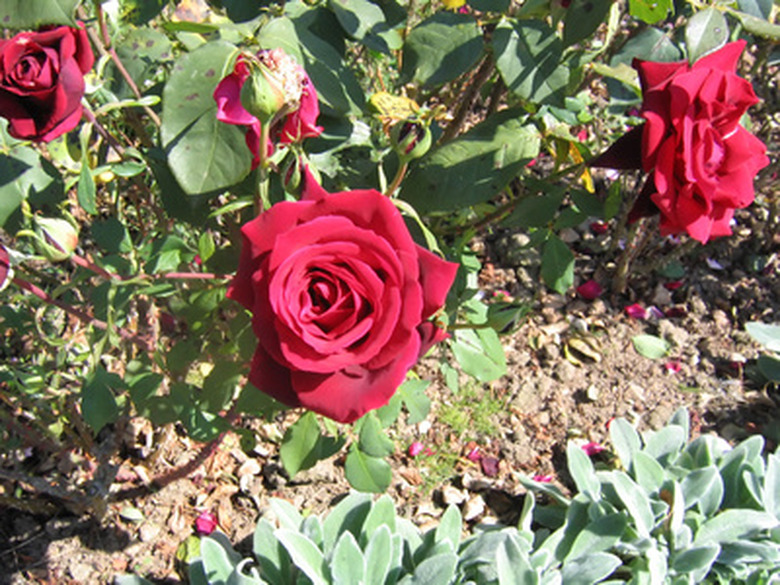Green Worms On Rose Bushes
Many gardeners find small green worms resembling young caterpillars living and feeding on their rose bushes. The first sign of trouble is the appearance of holes in the leaves as these uninvited guests begin to eat their way through the plant. The culprits are sawflies. Sawfly larvae usually are green and can be mistaken for caterpillars.
What are Sawflies?
Sawflies are related to the wasp family but are smaller and do not sting. Rose leaves are the favorite food of both the larvae and the adult sawfly. Adult flies lay their eggs on the shoots and underneath the leaves to provide the larvae with an immediate supply of food after hatching. Unless the gardener takes quick action, the young flies soon can defoliate an entire rose bush. Although there are many varieties of sawfly, only a few are found on roses.
- Many gardeners find small green worms resembling young caterpillars living and feeding on their rose bushes.
- Adult flies lay their eggs on the shoots and underneath the leaves to provide the larvae with an immediate supply of food after hatching.
Sawflies Found on Roses
Sawflies produce one or two generations of larvae per year, depending on the variety. The common rose slug sawfly lays eggs only once a year, with the larvae feeding in the spring. The bristly rose slug sawfly, curled rose sawfly and large rose sawfly all lay eggs twice a year; larvae can be found feeding in May and may continue through to October. All varieties are leaf-eaters, and the curled rose sawfly also will bore into the rose stem when the soft center is exposed by pruning.
Identifying Sawflies
Recognizing the sawfly larvae is the first step to controlling the problem. Begin checking rose plants in early May by examining the underside of the leaves. Sawfly larvae can be distinguished from caterpillars by counting the number of legs. Both larvae have three front pairs of legs, but sawflies have five or more pair of prolegs, which are the stubby leg-like appendages found on most larvae. Caterpillars always have fewer than five sets of prolegs.
- Sawflies produce one or two generations of larvae per year, depending on the variety.
- Sawfly larvae can be distinguished from caterpillars by counting the number of legs.
Getting Rid of Sawflies
Correct identification of the sawfly larvae is the first step to controlling the problem. Many gardeners mistake the larvae for caterpillars and apply bacillus thuringiensis (Bt), which has no effect on sawflies. Begin checking the leaves of rose bushes in early May and continue through to the fall. Larvae can be picked off by hand easily or hosed away with water if found. Treatments such as horticultural oil or moderate applications of insecticidal soap also may be effective.
Further Treatments
If the sawfly problem persists, spray-type insecticides can be used as a last resort. Be aware of the harmful effects of insecticides to other beneficial insects and organisms, both on the plant and in the ground. Never spray the rose flowers, as virtually all insecticides are harmful to bees and other pollinators. Azadiractin, also known as neem oil, is a mild insecticide effective against young sawflies. According to Karen York, botanical editor at "Gardening Life" magazine, introducing trichogramma wasps is a more eco-friendly alternative as they are natural predators of the sawfly.
- Correct identification of the sawfly larvae is the first step to controlling the problem.
- According to Karen York, botanical editor at "Gardening Life" magazine, introducing trichogramma wasps is a more eco-friendly alternative as they are natural predators of the sawfly.
